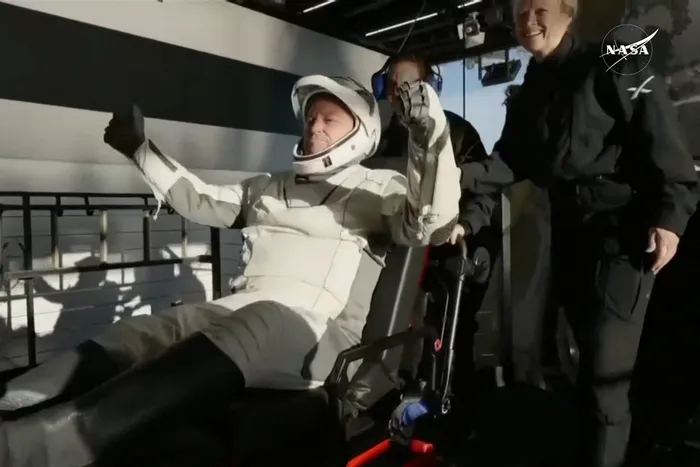The White House recently made headlines by crediting former President Donald Trump for the safe return of Boeing’s Starliner astronauts. While Trump did play a role in shaping space policy, the claim oversimplifies a complex, multi-administration effort. Here’s a deep dive into what really happened.
The White House’s Statement on Trump’s Role
On March 18, 2025, the White House press office released a statement celebrating the success of the Boeing Starliner mission, which safely returned NASA astronauts from the International Space Station (ISS). However, what caught public attention was the claim that Trump was instrumental in this achievement.
The statement praised Trump’s 2017 Space Policy Directive-1, which emphasized human exploration beyond Earth’s orbit. The administration also highlighted his support for NASA and private space companies, including Boeing and SpaceX. While these points hold some truth, the reality is more nuanced.
Starliner’s Development: A Multi-Administration Effort
The Boeing Starliner spacecraft is part of NASA’s Commercial Crew Program (CCP), which began in 2010 under the Obama administration. The CCP aimed to reduce reliance on Russian spacecraft for astronaut transport by partnering with private companies.
Key Milestones in Starliner’s Development:
- 2010: NASA launches the Commercial Crew Program under President Obama.
- 2014: Boeing and SpaceX receive contracts to develop crewed spacecraft.
- 2019: Starliner’s first uncrewed test flight faces technical issues, delaying the program.
- 2020-2021: Under the Trump administration, Boeing works to resolve Starliner’s software problems.
- 2022-2024: Additional test missions and refinements under the Biden administration ensure crew safety.
- 2025: Successful return of Starliner astronauts.
As seen above, multiple administrations played a role in shaping Starliner’s journey, making it unfair to attribute its success solely to Trump.
How Much Credit Does Trump Really Deserve?
While Trump supported NASA and pushed for human spaceflight, it’s important to recognize that his administration did not initiate the Commercial Crew Program. However, Trump’s policies did contribute in several ways:
Trump’s Contributions to U.S. Space Policy:
- Space Policy Directive-1: Focused on returning humans to the Moon and Mars.
- Creation of the U.S. Space Force: Strengthened national space capabilities.
- Increased NASA Funding: Boosted budget allocations for space exploration.
However, these contributions were part of an ongoing effort spanning multiple presidencies.
NASA’s Role and the Efforts of Astronauts
While political leaders set policies, the real credit goes to NASA engineers, scientists, and astronauts. Boeing faced significant challenges with Starliner, including software glitches and technical delays. NASA played a crucial role in ensuring safety before approving the crewed missions.
Veteran astronauts Butch Wilmore and Sunita Williams, who piloted the mission, also deserve recognition for their skill and dedication.
The Role of Private Space Companies
Boeing, like SpaceX, operates under NASA’s oversight but remains an independent contractor. The idea of privatizing space travel predates Trump’s presidency, with Elon Musk’s SpaceX successfully launching astronauts to the ISS in 2020.
Boeing’s Starliner faced hurdles that SpaceX’s Crew Dragon did not, leading to years of delays. However, the safe return of its astronauts marks a significant milestone in commercial spaceflight.
Political Credit and Space Achievements
It’s common for political figures to claim credit for major achievements, especially in space exploration. However, NASA’s success stories often span multiple administrations. For example:
- Apollo Moon Landing (1969): Initiated under Eisenhower, executed under Kennedy, and completed under Nixon.
- Mars Rover Perseverance (2021): Planned under Obama, funded under Trump, and landed under Biden.
Space exploration is a long-term endeavor that transcends political cycles. Assigning credit to one administration oversimplifies the collaborative nature of these missions.
Conclusion: A Shared Success
While Trump played a role in advancing U.S. space policy, the success of the Starliner mission is a testament to years of collaboration between NASA, Boeing, astronauts, and multiple administrations.
Instead of focusing on political credit, it’s important to celebrate the achievement itself—an important step toward a future where commercial spaceflight becomes routine.






